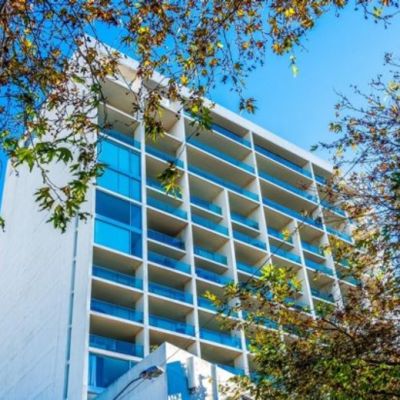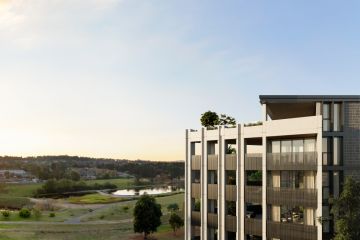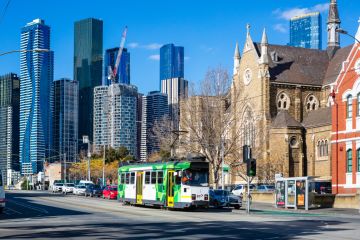Is our fear of an oversupply of apartments in Sydney justified?
Housing affordability is a key issue faced by many capital cities, and for Sydneysiders this dream is becoming highly unattainable as house and unit price gains remain.
A preferred method of the NSW Government’s affordability strategy is to increase housing supply. Out of all the major capital cities Sydney had the strongest unit building approvals according to the latest ABS data, increasing 1.8 per cent to a record high of just over 39,000 approved throughout 2016.
Sydney has experienced two consecutive years of record high unit starts. Despite a weak annual improvement, unit starts have been escalating since 2011 and jumped an astounding 43.4 per cent the year prior. The city is already experiencing a hive of construction activity that will be exacerbated when all development approvals come to fruition.
Extreme approval rates have resulted in rumours that the market is awash with supply. Stating there is an apartment glut based solely on building approval data is a fallacy – a bigger picture approach needs to be taken. The data gives an insight into the potential stock pipeline however assuming all approvals will commence is incorrect.
Other factors come in to play, such as developers delaying apartment completions based upon buyer confidence within the specific sub-market locality. Apartment approval rates may be at record high levels but a completion lag also means this stock is unlikely to impact market behaviour until at least 2018.
Pockets of Sydney are experiencing significant levels of development, particularly Western Sydney within areas of good connectivity and access to employment that will help to support this growth. Supply may have increased over the past few years but apartment prices continue to forge ahead.
Buyer activity has been supported by low interest rates, helping to absorb current supply levels. Anecdotal evidence does not even mildly suggest an apartment glut, developers are not needing to offer hefty price discounts or other incentives to attract potential buyers.
Particular sub-markets are potentially at risk of seeing supply exceed demand that could trigger price falls. It is the intense areas of development that could be at risk if interest rates rise aggressively in the near future. Price falls are unlikely under the current low interest rate environment.
It is hard to foresee an oversupply in Sydney if the strength in population growth, supported by immigration, continues along the same trajectory. Along with Melbourne, Sydney is Australia’s powerhouse of population growth. The NSW Government forecasts that the population of Sydney will surge in the next 20 years requiring just over 725,000 additional dwellings, putting supplementary pressure on housing.
 Seemingly crowded apartment blocks in Sydney have been part of the NSW government’s affordability plan.
Seemingly crowded apartment blocks in Sydney have been part of the NSW government’s affordability plan.Photo: James Alcock
We recommend
States
Capital Cities
Capital Cities - Rentals
Popular Areas
Allhomes
More










